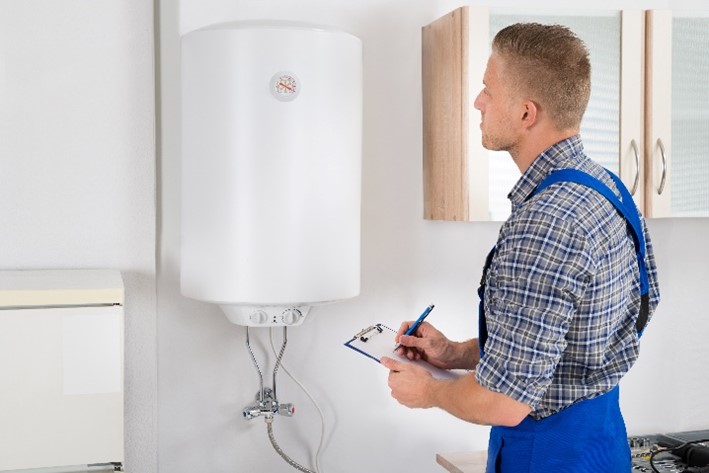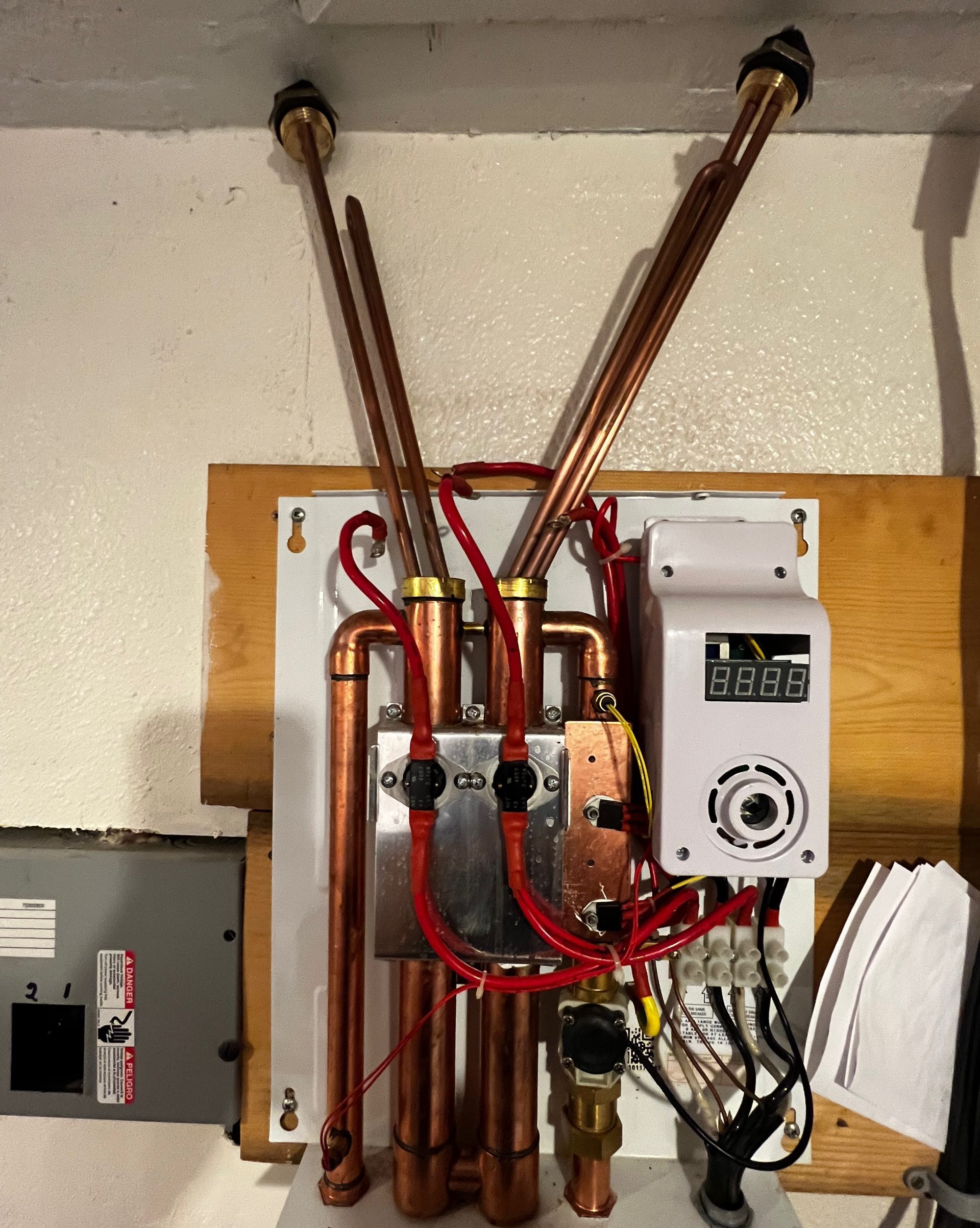Do you find yourself in search of content concerning Tips on Maintaining a Water Heater?

Warm water is vital for day-to-day convenience, whether it's for a refreshing shower or washing dishes. To guarantee your warm water system runs efficiently and lasts longer, routine maintenance is essential. This write-up provides sensible suggestions and understandings on how to maintain your home's hot water system to prevent disturbances and pricey repairs.
Intro
Maintaining your home's hot water system could seem difficult, yet with a couple of easy steps, you can ensure it operates smoothly for several years to come. This guide covers whatever from recognizing your warm water system to DIY upkeep tips and understanding when to contact professional assistance.
Value of Keeping Your Warm Water System
Regular maintenance not only prolongs the life-span of your warm water system but also ensures it operates effectively. Ignoring upkeep can cause reduced performance, greater power costs, and also early failure of the system.
Signs Your Warm Water System Demands Upkeep
Recognizing when your warm water system requires focus can prevent major concerns. Look out for indicators such as irregular water temperature level, weird sounds from the heating system, or corroded water.
Recognizing Your Warm Water System
Prior to diving into maintenance tasks, it's helpful to understand the basic parts of your warm water system. Commonly, this consists of the water heater itself, pipelines, anode poles, and temperature controls.
Regular Monthly Maintenance Tasks
Regular monthly checks ca
n help capture small issues before they rise.
Purging the Hot Water Heater
Purging your water heater removes sediment build-up, improving performance and extending its life.
Checking and Replacing Anode Rods
Anode rods protect against deterioration inside the storage tank. Examining and replacing them when worn out is essential.
Inspecting and Readjusting Temperature Level Settings
Adjusting the temperature level setups guarantees optimum efficiency and safety and security.
Do It Yourself Tips for Upkeep
You can do a number of maintenance jobs yourself to keep your hot water system in top condition.
Checking for Leakages
Consistently check pipes and connections for leakages, as these can cause water damages and greater bills.
Testing Pressure Alleviation Valves
Evaluating the stress safety valve ensures it functions appropriately and stops too much pressure buildup.
Shielding Pipes
Shielding hot water pipelines minimizes heat loss and can conserve power.
When to Call a Specialist
While do it yourself maintenance is valuable, some issues call for professional know-how.
Complex Issues Calling For Expert Aid
Examples consist of major leakages, electric issues, or if your hot water heater is constantly underperforming.
Routine Expert Maintenance Perks
Specialist maintenance can include complete examinations, tune-ups, and ensuring compliance with security criteria.
Conclusion
Regular upkeep of your home's hot water system is crucial for performance, durability, and price savings. By complying with these pointers and knowing when to seek expert aid, you can ensure a trustworthy supply of warm water without unexpected interruptions.
How to Maintain an Instant Hot Water Heater
- Before tinkering with your hot water heater, make sure that it’s not powered on. You also have to turn off the main circuit breaker and shut off the main gas line to prevent accidents. Also turn off the water valves connected to your unit to prevent water from flowing into and out of the appliance.
- 2. When you’re done, you have to detach the purge valves’ caps. These look like the letter “T” and are situated on either side of the water valves. Doing so will release any pressure that has accumulated inside the valves while at the same time avoid hot water from shooting out and burning your skin.
- 3. When the purge valves’ caps are removed, you have to connect your hosing lines to the valves. Your unit should have come with three hoses but if it didn’t, you can purchase these things from any hardware or home repair shops. You can also get them from retail stores that sell water heating systems. Read the user’s manual and follow it to complete this task properly. When the hosing lines are connected, open the purge port’s valves.
- 4. You should never use harsh chemical cleaners or solutions when cleaning your unit. Make use of white vinegar instead. It should be undiluted and you’ll probably use about 2 gallons.
- 5. Now flush your water heater. This task should probably take about 40 minutes. We can’t give you specific directions for this because the procedure is carried out depending on the type, model and brand of your heater. With that being said, refer to the user’s manual.
- 6. When you’re done draining the unit, you have to turn off the purge port valves again. Remove the hosing lines that you earlier installed on each of the water valves. Put the valve caps (purge port) back in their respective places and be very careful so as not to damage the rubber discs that are found inside these caps.
- 7. Now that everything’s back in place, check your user’s manual again to find out how to reactivate your water heating system.
- 8. Once it is working, turn one of your hot water faucets on just to let air pass through the heater’s water supply pipes. Leave the tap on until water flows smoothly out of it.
https://www.orrplumbing.com/blog/2014/september/how-to-maintain-an-instant-hot-water-heater/

As a serious person who reads about How to Maintain Your Water Heater & Prolong its Life, I figured sharing that topic was worthwhile. Sharing is nice. You won't know, you will be doing someone a favor. I truly appreciate reading our article about What Kind of Maintenance Do Water Heaters Need?.
Set An Appointment
Comments on “Important Tips on Maintaining Your Home's Hot Water SystemEffective Strategies for Maintaining Your Home's Hot Water System”